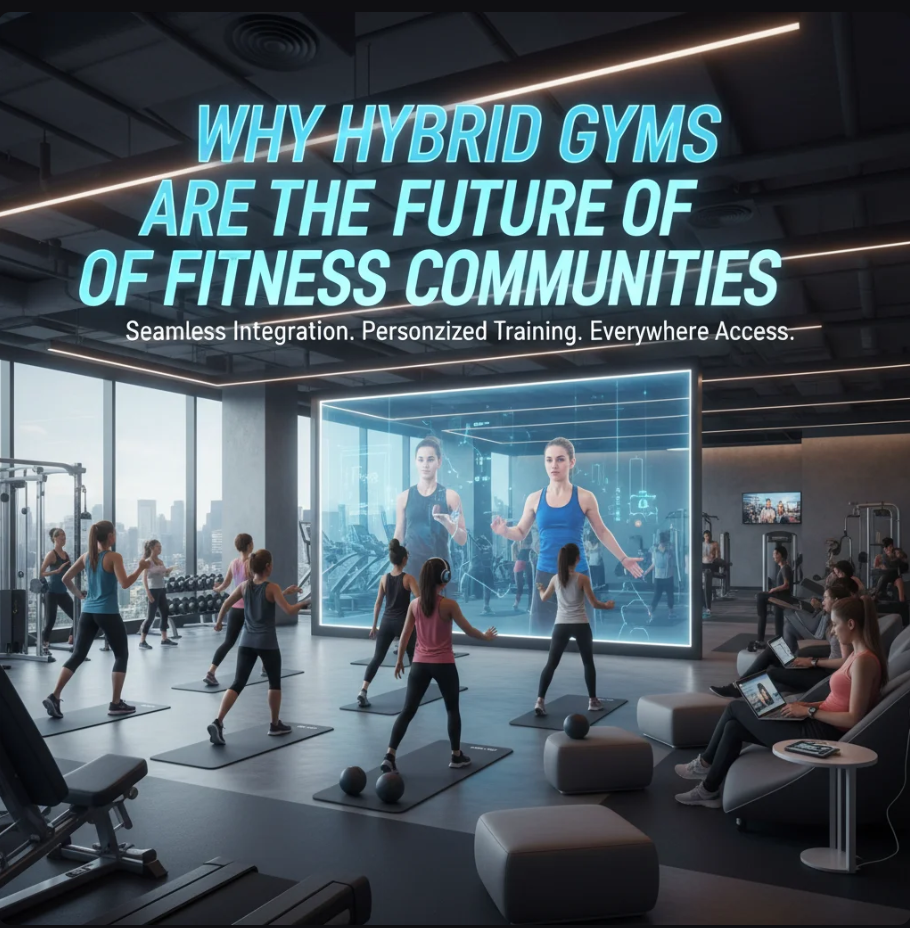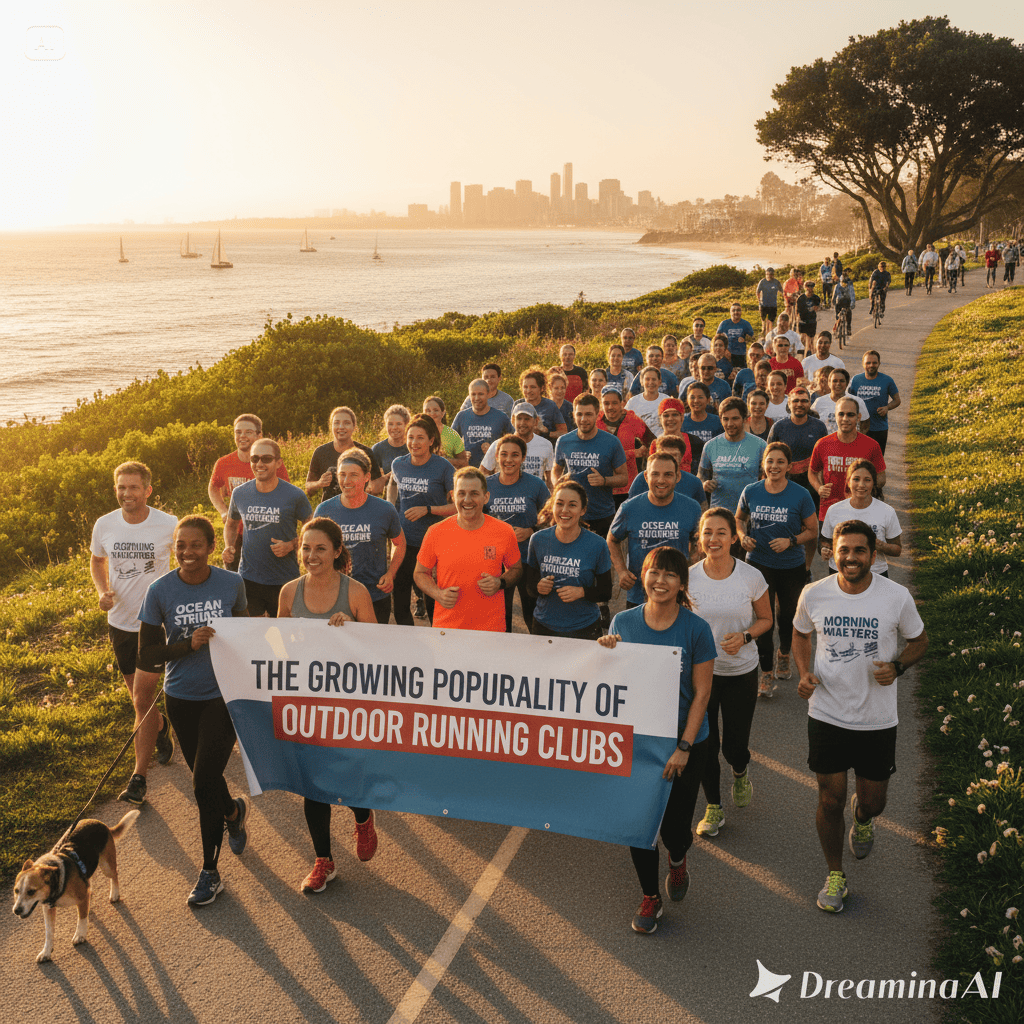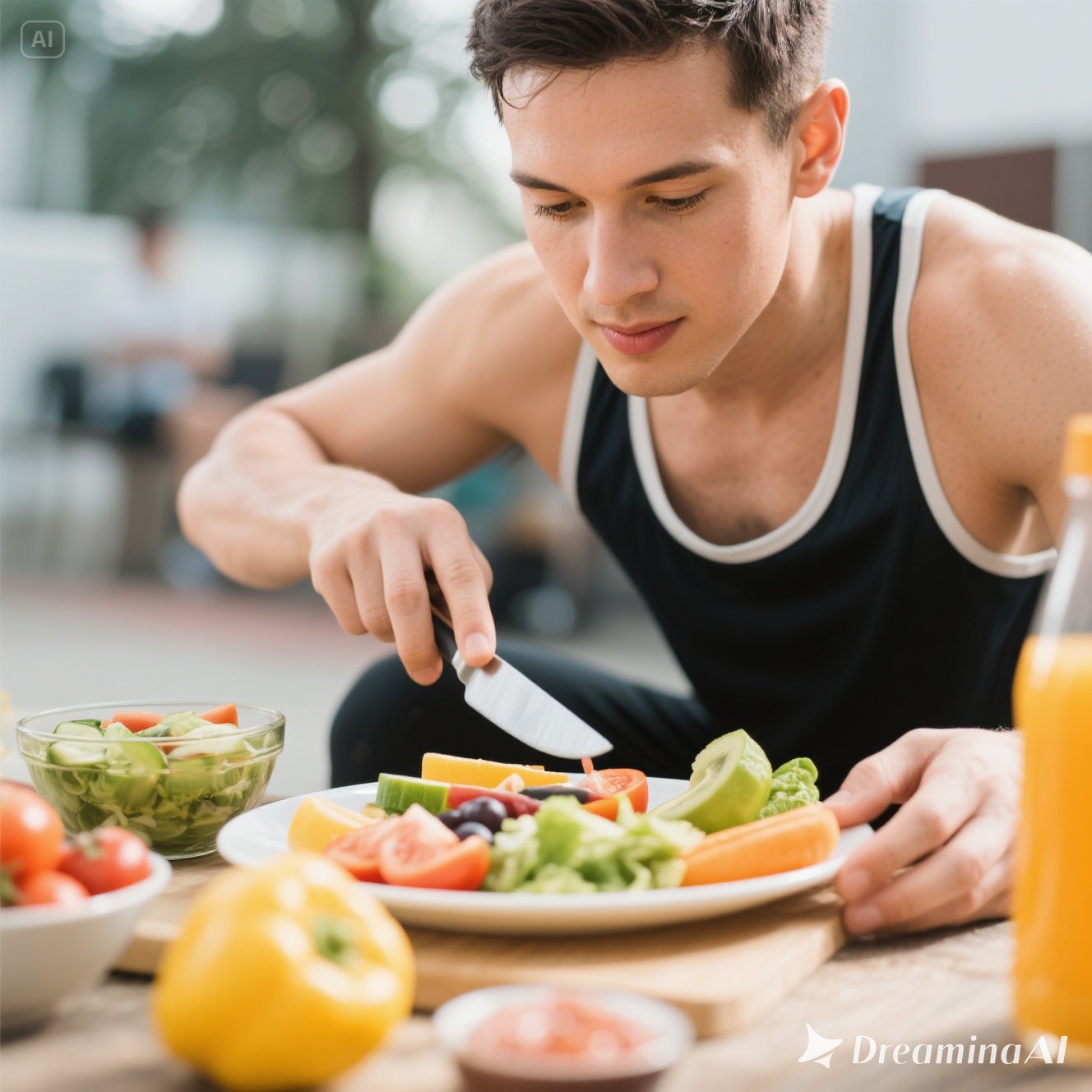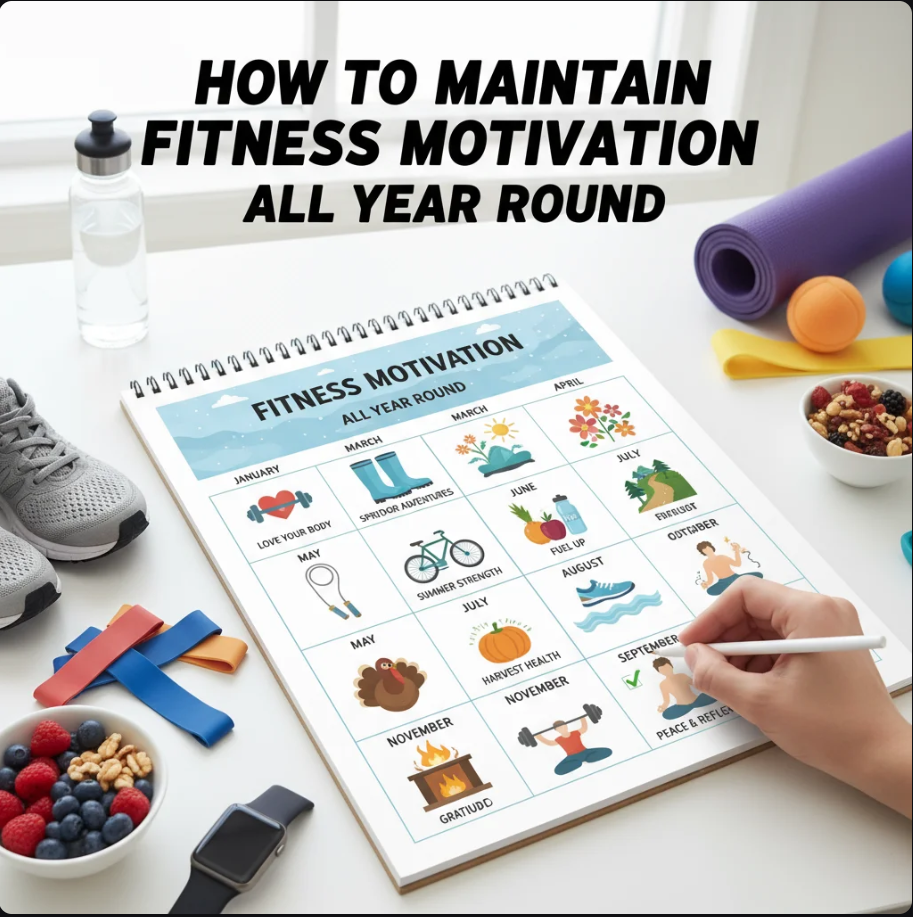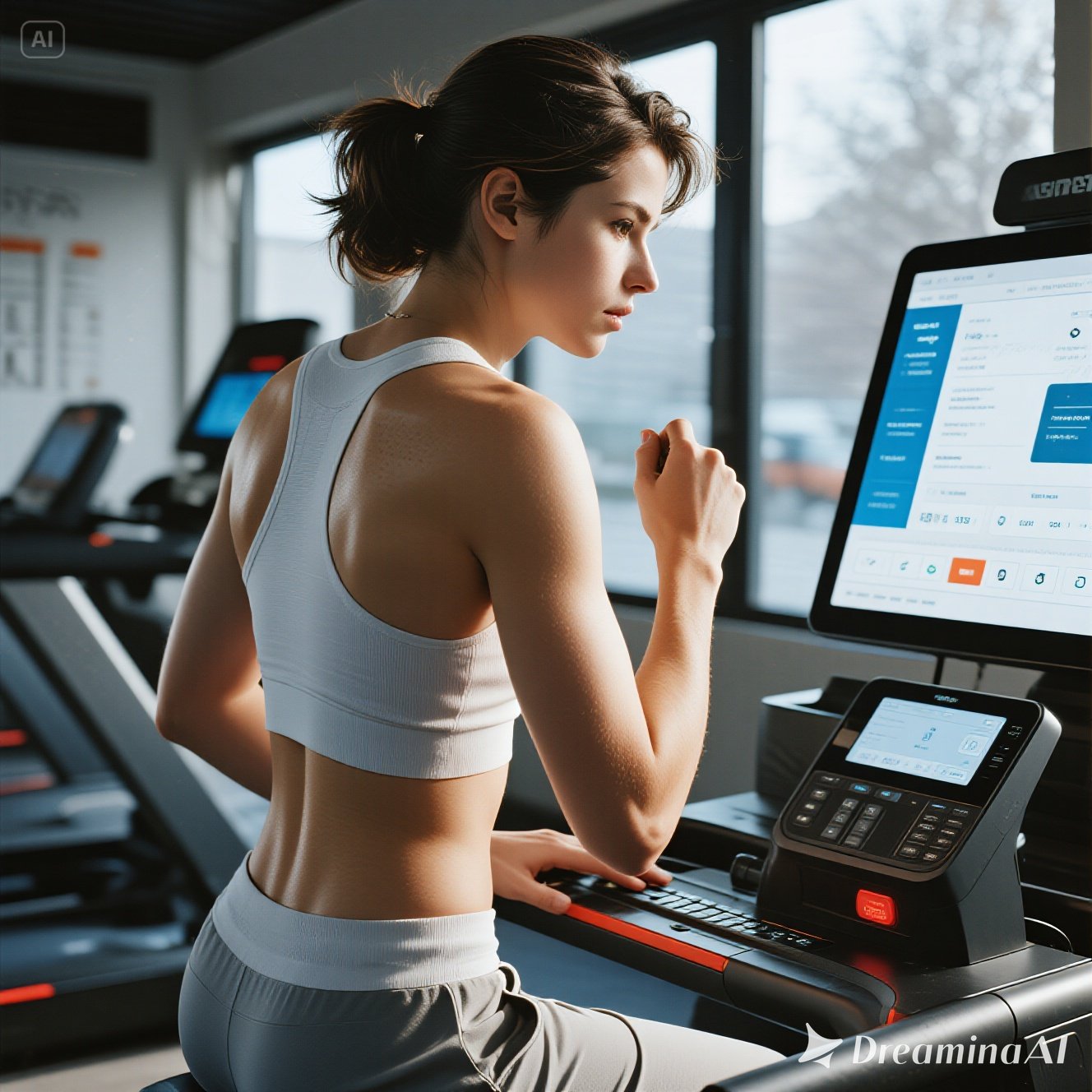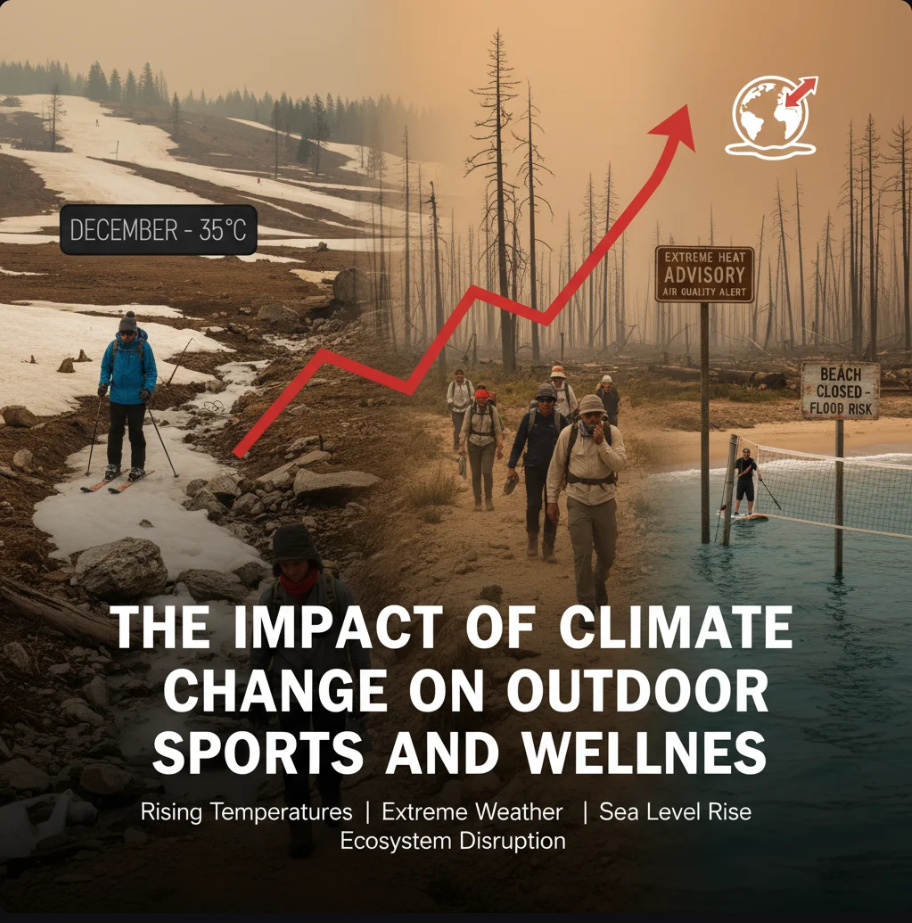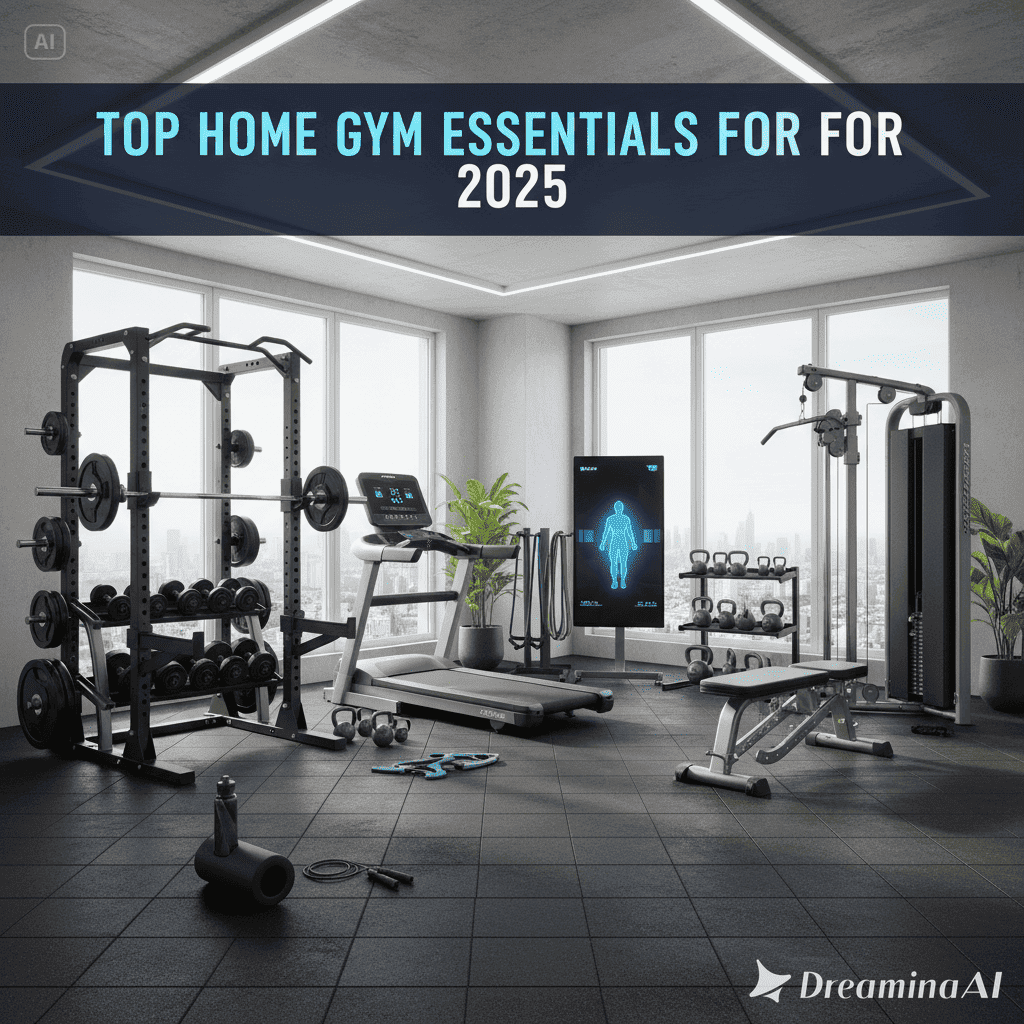Discover how genetics affect your fitness potential — from muscle type and endurance to recovery. Learn how DNA insights can personalize your training plan.
Have you ever wondered why some people build muscle faster, run longer, or recover more quickly after a workout — even when following the same training plan?
The answer often lies within our genetic code.
While discipline, diet, and consistency remain essential in fitness, genetics play a significant role in shaping our body’s response to exercise, endurance, and recovery.
Modern research in sports genomics has revealed that DNA influences everything from muscle composition to oxygen utilization, ultimately affecting how we perform and progress in physical training.
This article explores how genetics impact fitness potential — and how understanding your DNA can help you train smarter, not just harder.
1. The Genetic Blueprint of Fitness
Your DNA carries thousands of genes that determine your body’s structure and function — including how it responds to physical activity.
Scientists estimate that up to 50% of athletic ability can be attributed to genetic factors.
Some key genetic markers influence:
- Muscle fiber type composition (strength vs endurance).
- VO₂ max (oxygen uptake capacity).
- Metabolic rate and energy efficiency.
- Recovery speed after exercise.
- Risk of injury and inflammation.
Understanding these genetic factors helps explain why certain people excel in endurance sports while others thrive in explosive, high-intensity disciplines.
2. Muscle Fiber Types: Fast vs. Slow Twitch
Muscle composition is one of the most studied genetic influences on fitness.
- Fast-twitch fibers (Type II):
Responsible for power, speed, and short bursts of strength.
Common in sprinters and weightlifters. - Slow-twitch fibers (Type I):
Built for endurance, long-distance running, and aerobic activity.
A specific gene known as ACTN3, often called the “speed gene,” determines the balance between these fibers.
People with certain variants of ACTN3 tend to perform better in strength-based activities, while others are more naturally suited to endurance sports.
However, training can modify how these fibers perform — meaning genetics provide the foundation, but effort shapes the results.
3. The Role of Oxygen and Endurance
Another major genetic factor is VO₂ max, or the body’s ability to use oxygen efficiently during exercise.
Genes like ACE and PPARGC1A influence cardiovascular endurance and the body’s aerobic capacity.
- Individuals with favorable ACE variants often have better stamina and faster recovery.
- Those with PPARGC1A variants can adapt to endurance training more effectively.
This doesn’t mean others can’t improve — consistent aerobic training can increase VO₂ max by 10–30%, regardless of genetics.
4. Metabolism and Energy Utilization
Your genes also determine how efficiently your body burns fuel.
Certain people metabolize carbohydrates quickly, while others are more fat-efficient.
Genes like FTO and ADRB2 affect how the body stores and burns fat, influencing both weight management and energy levels during workouts.
For example:
- Some individuals respond better to high-intensity interval training (HIIT).
- Others perform best with steady-state cardio or mixed routines.
Knowing your metabolic profile can help you customize nutrition and exercise plans for optimal performance.
5. Recovery, Inflammation, and Injury Risk
Not all bodies recover at the same pace — and genetics are partly responsible.
Genes such as IL6, COL1A1, and SOD2 regulate inflammation, tissue repair, and oxidative stress after exercise.
- People with slower recovery profiles may benefit from longer rest periods and recovery-focused nutrition (like omega-3s and antioxidants).
- Others can handle higher training frequencies without overtraining.
Additionally, certain genetic predispositions can increase susceptibility to ligament or tendon injuries, emphasizing the importance of individualized training intensity.
6. How Genetic Testing Can Personalize Training
With the rise of DNA-based fitness analysis, athletes and everyday gym-goers can now access reports detailing:
- Optimal workout types (strength, endurance, or mixed).
- Recommended recovery times.
- Dietary preferences (carb, protein, or fat efficiency).
- Risk of overtraining or inflammation.
Platforms like 23andMe, DNAfit, and Athgene use saliva samples to identify genetic patterns and provide personalized fitness recommendations.
However, these insights should be used as guidance — not limitation.
Genetics can point you toward your natural strengths, but consistent effort, nutrition, and mindset remain the ultimate drivers of progress.
7. The Limits of Genetic Influence
While DNA shapes potential, it doesn’t determine destiny.
Studies show that environmental factors — such as training consistency, sleep, stress, and diet — have equal or greater impact on overall performance.
Even elite athletes with genetic advantages rely on discipline and coaching to reach their peak.
Think of genetics as a roadmap: it shows the direction, but you decide how far to go.
Conclusion
Genetics undeniably play a key role in determining your fitness potential, influencing muscle type, endurance, metabolism, and recovery.
Yet, the true secret to fitness lies in understanding your body — and using that knowledge to optimize training, not make excuses.
By combining genetic awareness with smart programming, balanced nutrition, and consistency, anyone can achieve peak performance within their natural capabilities.
In the end, your DNA sets the foundation — but your determination builds the result.
Recomment :


